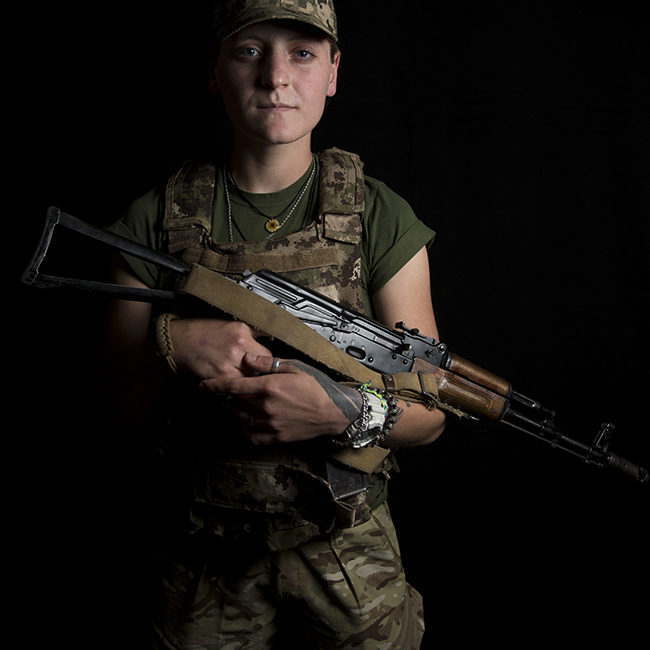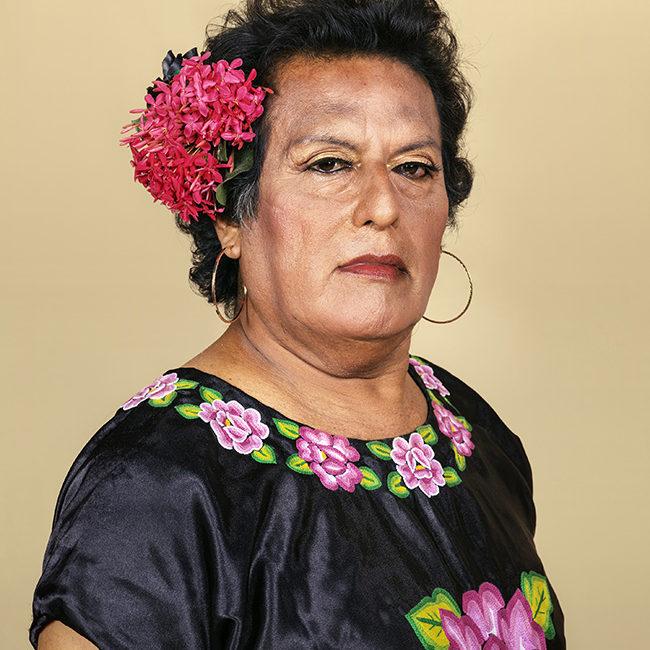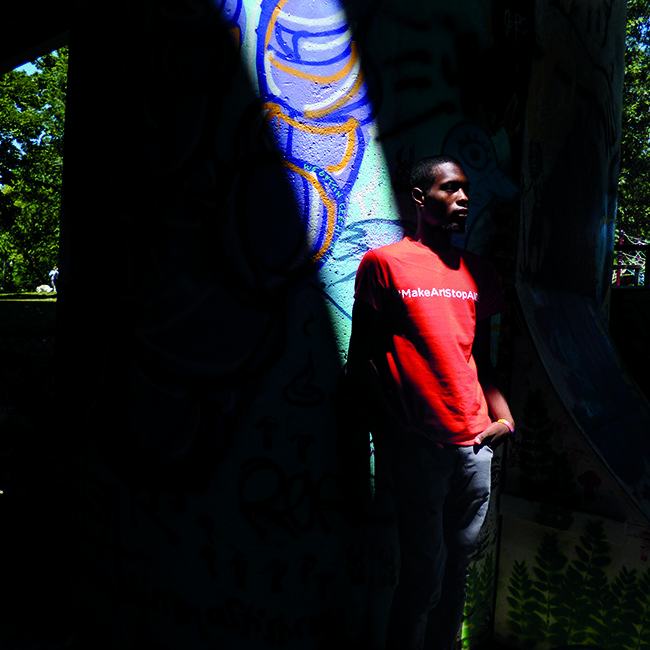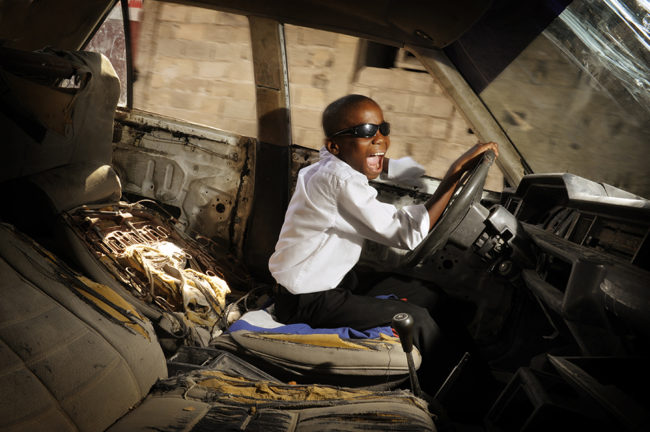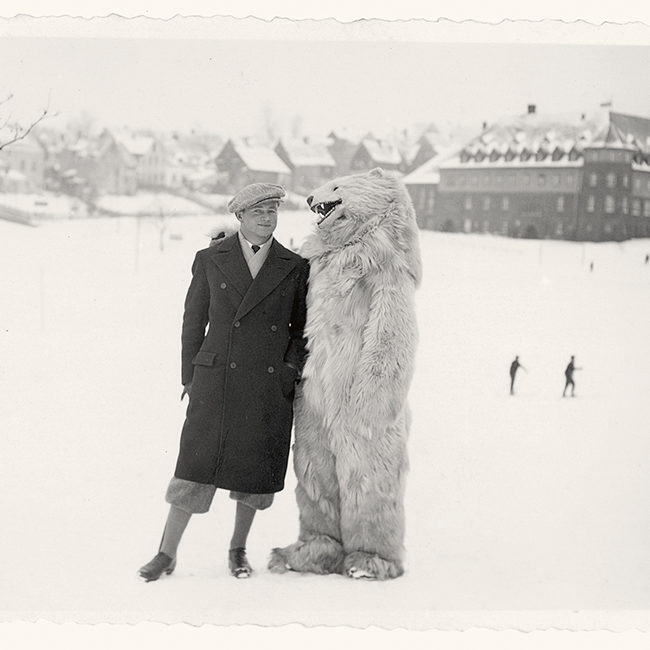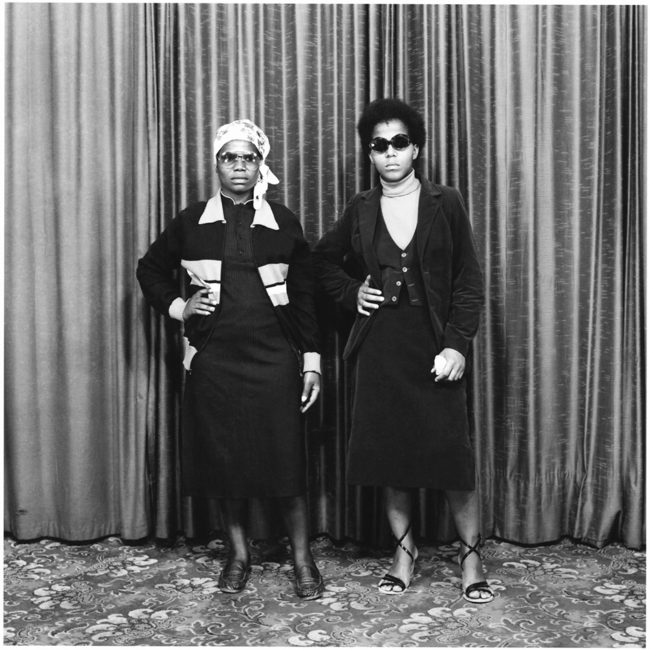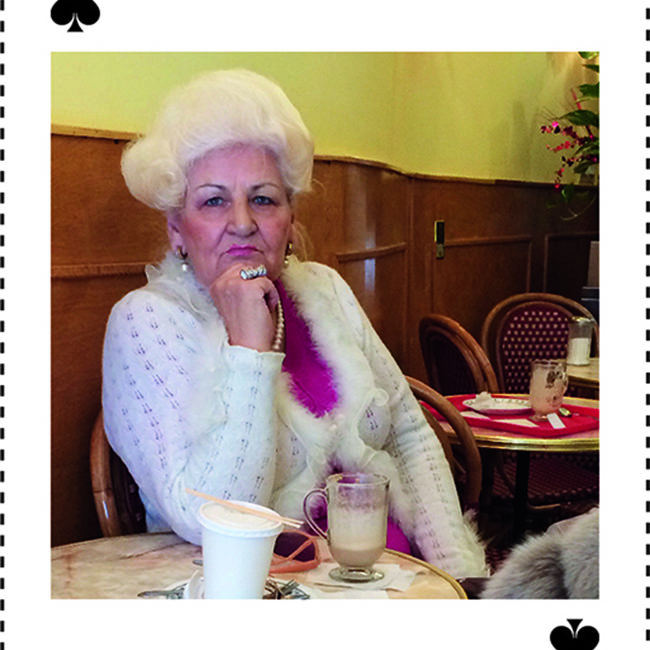Renowned for his quirky, witty, fine-art work, Duane Michals has had a parallel career shooting assignments for magazines, including Mademoiselle, Esquire, and Vogue. His new book, Portraits, collects personal work and assignments that depict Michals himself, his parents and friends, artists he admires, and a long list of actors, directors, writers, comedians and musicians.
The book is heavy on 1970s celebrity editorial portraiture, which showcases Michals’s improvisational approach. (He writes that rather than working in a studio, he likes to go to his subject, in part because “I enjoy the challenge of working in unknown environments.”) Shot with grainy black-and-white film using available hotel room light, Michals works with shadow and gesture while squeezing some authentic interaction from his subjects. His portraits often suggest the tenor of the conversation that went on between photographer and subject—animated, confrontational, conspiratorial, intimate, flirtatious.
Michals also writes about portraiture, describing what he believes are four types of photographic portrait—some he approves of and uses, and some he rejects. There is what he calls the “stand and stare” portrait (think Rineke Dijkstra), which relies on surface descriptions of people to convey meaning. These, he complains, have “assumed artistic pretensions” and present information “without any validation from the subjects themselves.” A favorite method of Michals’ is to have subjects reveal themselves through action: He presents his portrait of actor Michael Richards impersonating Jacques Tati’s character M. Hulot as an example. In the “annotated portrait,” Michals (and artists such as Jim Goldberg) write on the print as a way to include information outside of the frame. And in the “imaginary portrait,” the photographer invents a persona or narrative. And in the “imaginary portrait,” the photographer invents a persona or narrative.
In one essay, Michals asks the question, “How do we stop looking at people when we should be looking into them?” The answer, which he has been practicing for more than 50 years, is to focus on human connections. “Emotional content animates the still portrait; without emotion, the portrait remains moribund.”
—Rebecca Robertson
Related Articles
Duane Michals: Pride of Pittsburgh
How Celebrity Portrait Photographers Beat the Clock (for PDN subscribers)
